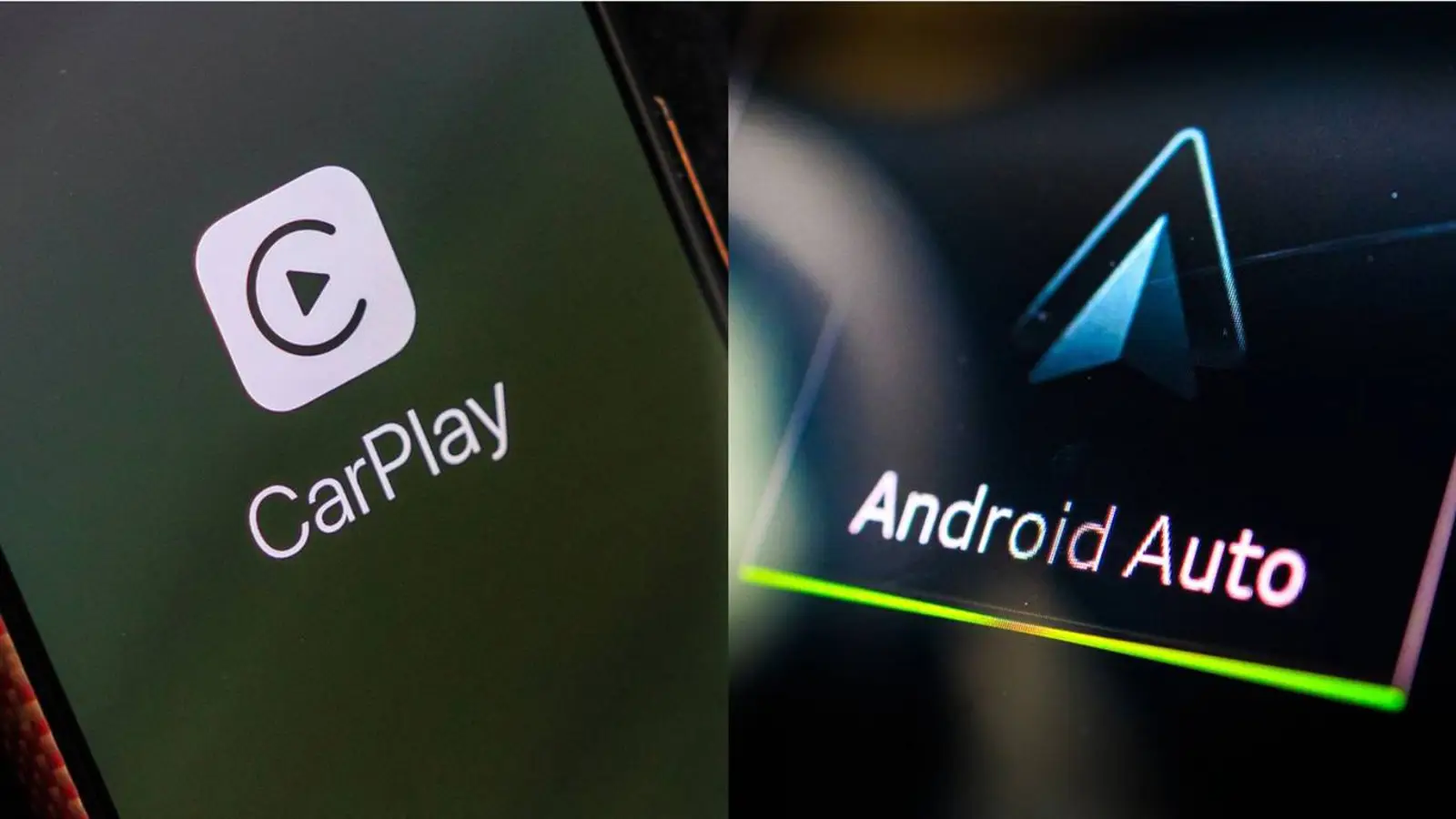Android Auto vs Apple CarPlay: strengths, limits, and the best choice in 2025
Compare Android Auto and Apple CarPlay in 2025: features, reliability, app support, AI, and compatibility. Learn which platform fits your phone, car, commute.
Compare Android Auto and Apple CarPlay in 2025: features, reliability, app support, AI, and compatibility. Learn which platform fits your phone, car, commute.

© RusPhotoBank
The smartphone stopped being just a way to stay in touch—it has become the command center of your life, including on the road. To safely and conveniently bring your phone’s core features to the car’s infotainment screen, drivers rely on Android Auto and Apple CarPlay—the two leading platforms that connect handset and dashboard. In this piece, the Pepelats News team looks at how they differ, where each shines, where they fall short, and what makes sense to pick in 2025.
Android Auto is Google’s platform that projects an Android phone’s interface onto the car’s head unit. It gives streamlined access to navigation, music, messages, and voice controls.
Apple CarPlay is Apple’s equivalent for the iPhone. It mirrors part of the phone’s functions on the car’s display, tying in Siri, music and navigation apps, messages, and calls.
Both systems were designed with a single goal: minimize driver distraction when dealing with the phone behind the wheel and make access to key features intuitive and safe.
One of Android Auto’s big advantages is flexibility and broad app support. Beyond popular navigation and streaming services, it can hook into local apps, messengers, or utilities—as long as they support the Car API. No less important is Google Assistant: handling complex requests and multitasking often feels a step ahead of rivals.
The interface has become more dynamic: recent versions add split-screen, so you can keep the map up while media controls live alongside it. You can reorder icons, hide what you don’t use, and tailor the layout to taste.
There are caveats. Some cars and head units still suffer from connection quirks—dropouts, launch errors, firmware mismatches. Android Auto also leans heavily on the phone and the internet: if the signal cuts out or the battery dies, the system loses its purpose. And while wireless connections are increasingly common, they still require compatible hardware in both the phone and the car.
CarPlay is known for reliability and simplicity. The interface is minimal, intuitive, and closely aligned with iOS, so iPhone owners don’t have to relearn anything. That reliability feels built in: because CarPlay depends on the iPhone, performance typically tracks the phone’s capabilities, and glitches are less likely.
Siri handles voice input for messages, media, and navigation. For straightforward commands it works well and helps keep eyes on the road, though the assistant can feel too limited—this is the flip side of the streamlined approach.
The trade-off is tighter constraints: you can’t install custom launchers, the catalog of supported apps is smaller, and functionality often hinges on Apple‑approved developers. In the Russian market, support for local navigation and services can be less consistent. CarPlay also fully depends on the iPhone and the internet; if the phone isn’t available, the connection ends.
By 2025, both systems have grown up. Android Auto is rolling out AI capabilities, in‑car games, and deeper integration with vehicle subsystems. Apple is preparing CarPlay 2.0, which promises control not only of the infotainment system but also the instrument cluster, climate control, and other in‑car functions.
Compatibility keeps expanding: many new cars support both platforms out of the box, and aftermarket head units often ship with wireless support for Android Auto and CarPlay. Adoption is rising as well—more buyers now expect one of these systems to be present when they choose a car. Still, not every manufacturer agrees with that direction: the founder of Rivian recently said the company is cutting features it considers unnecessary for users, and CarPlay support is among them.
If you live in the Android ecosystem and carry an Android phone, Android Auto is the logical pick: more flexibility, broader app choice, and convenient navigation and voice control. If you’re an iPhone owner, CarPlay tends to be the steadier, more predictable option—albeit with less room for tinkering.
Don’t overlook local-market support: in your region, one platform may be better adapted—navigation, apps, voice commands all matter day to day. And if you switch between Android and iPhone, it’s safer to choose a car or head unit that supports both, so you’re not locked into a single path.
One more practical point: no system works in isolation. The outcome depends on your phone, connection quality, the car’s software version, and the reliability of the surrounding infrastructure. The best choice is the one that delivers stable, comfortable everyday use—not the one with the flashiest product page.
In short: Android Auto is about freedom, customization, and AI‑driven integration; CarPlay is about stability, simplicity, and well‑worn synergy in the iOS world. Choose based on your phone, your car, and what genuinely feels convenient.